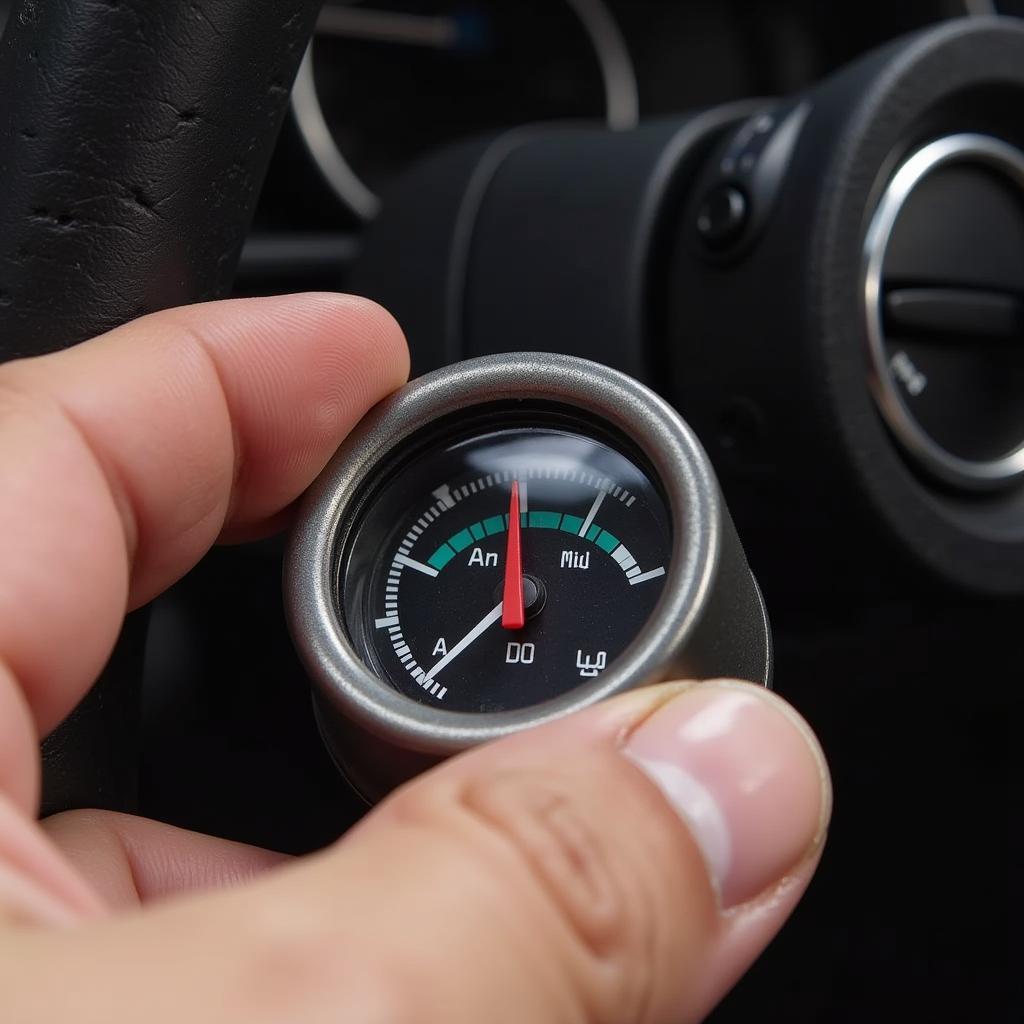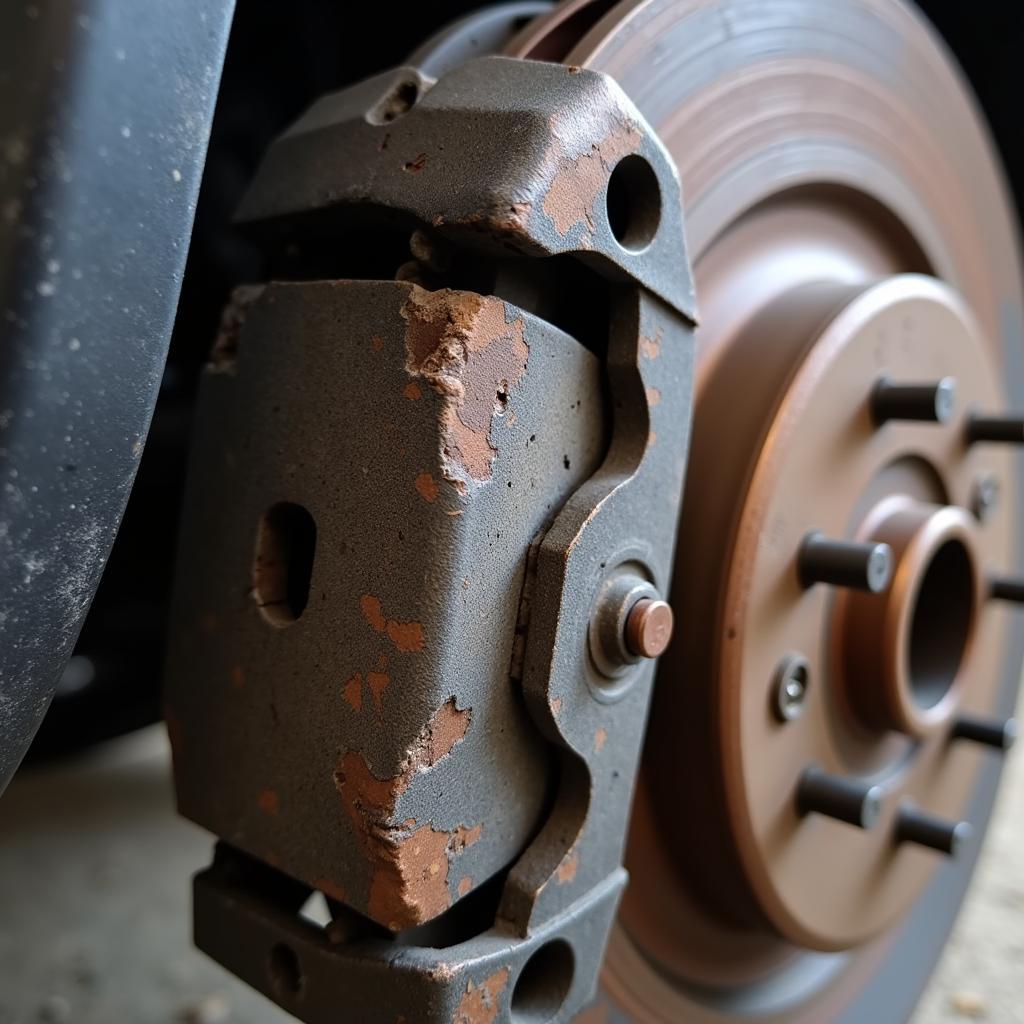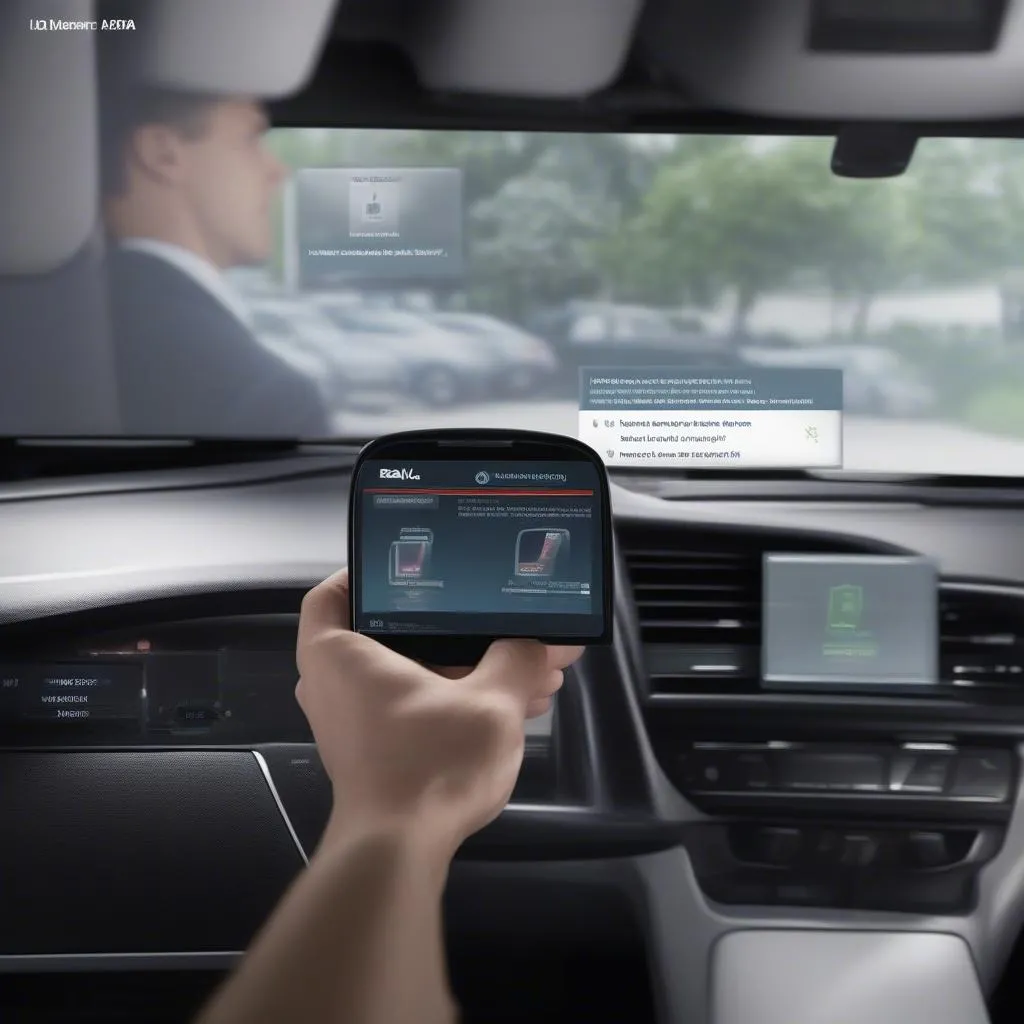The Pontiac Bonneville is known for its smooth ride and classic style. However, even this American icon can experience issues, such as the dreaded brake light warning. This warning light, often accompanied by a beeping sound, indicates a potential problem with your braking system. Ignoring it could jeopardize your safety and the safety of others on the road.
This comprehensive guide will delve into the common causes behind a Pontiac Bonneville brake light warning and provide insights on how to diagnose and address them.
Decoding the Brake Light Warning
Your Pontiac Bonneville’s brake light warning system is designed to alert you to potential issues within the braking system. When the warning light illuminates on your dashboard, it could signal several problems, ranging from minor to serious:
- Worn Brake Pads: This is the most frequent culprit. Brake pads have wear indicators that emit a high-pitched squealing sound when they wear thin, often accompanied by the brake light warning.
- Low Brake Fluid: Brake fluid is the lifeblood of your car’s braking system. A leak in the system can lead to a drop in brake fluid level, triggering the warning light.
- Faulty Brake Light Switch: This switch, located behind the brake pedal, signals the brake lights to illuminate when you apply the brakes. A malfunctioning switch can cause the lights to stay on constantly or not function at all, triggering the warning light.
- ABS Issues: If your Pontiac Bonneville is equipped with an Anti-lock Braking System (ABS), a fault within the system can also trigger the warning light. This might be accompanied by an ABS warning light.
- Other Issues: While less common, other potential issues include a faulty parking brake switch, a blown fuse related to the braking system, or a problem with the electronic brake control module.
Diagnosing the Problem
Identifying the root cause of the brake light warning requires a systematic approach:
-
Check the Brake Fluid: Locate the brake fluid reservoir under the hood. The reservoir will have a “min” and “max” marking. Ensure the fluid level is within the recommended range. If it’s low, there might be a leak in the system.
 Checking Pontiac Bonneville Brake Fluid
Checking Pontiac Bonneville Brake Fluid -
Inspect the Brake Pads: Visually inspect the brake pads through the spaces between the wheel spokes. If the pads are less than 1/4 inch thick, they are due for replacement.
-
Listen for Unusual Sounds: When applying the brakes, pay attention to any unusual noises. A high-pitched squeal usually indicates worn brake pads. Grinding sounds could signify metal-on-metal contact, suggesting severely worn pads that require immediate attention.
 Brake Pad Wear Indicator
Brake Pad Wear Indicator -
Consult a Professional: If you are unsure about any aspect of the diagnosis or if the issue persists, it is crucial to seek assistance from a qualified mechanic specializing in Pontiac vehicles. They have the expertise and tools to accurately diagnose and repair the problem.
Addressing the Brake Light Warning
The solution to your Pontiac Bonneville’s brake light warning depends entirely on the root cause:
- Worn Brake Pads: Replace the brake pads on all four wheels if they are worn down. It’s recommended to replace the rotors as well if they are significantly worn or damaged.
- Low Brake Fluid: Address any leaks in the brake lines, hoses, or calipers. After fixing the leak, refill the brake fluid to the recommended level.
- Faulty Brake Light Switch: Replacing the brake light switch is a relatively straightforward procedure.
- ABS Issues: Diagnosing and repairing ABS problems often requires specialized tools and expertise. It is advisable to consult with a qualified mechanic for assistance.
Frequently Asked Questions
Q1: Can I still drive my Pontiac Bonneville with the brake light warning on?
It is strongly advised against driving your car with the brake light warning on. The warning light indicates a potential issue with your braking system, which could lead to brake failure.
Q2: How often should I replace my Pontiac Bonneville’s brake pads?
Brake pad lifespan varies greatly depending on driving habits and conditions. As a general rule, it’s recommended to have them inspected every 12,000 miles and replaced when they are worn down to 1/4 inch or less.
Q3: Can I add any brake fluid to my Pontiac Bonneville?
It’s crucial to use the brake fluid type specified in your owner’s manual. Using the incorrect fluid can damage the braking system.
Q4: How can I prevent future brake light warnings?
Regular brake inspections, timely brake pad replacements, and addressing any brake fluid leaks promptly can significantly reduce the risk of future brake light warnings.
Conclusion
A brake light warning on your Pontiac Bonneville is a serious matter that should never be ignored. By understanding the potential causes, conducting a proper diagnosis, and taking appropriate action, you can ensure the safety and reliability of your vehicle’s braking system. Remember, when in doubt, always consult with a qualified mechanic. Your safety and the safety of others on the road are paramount.

